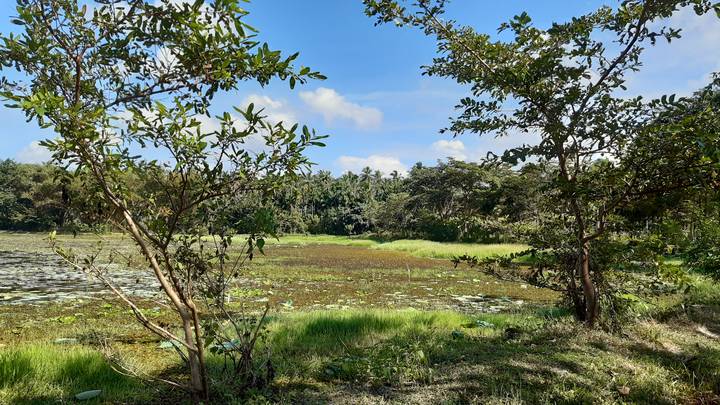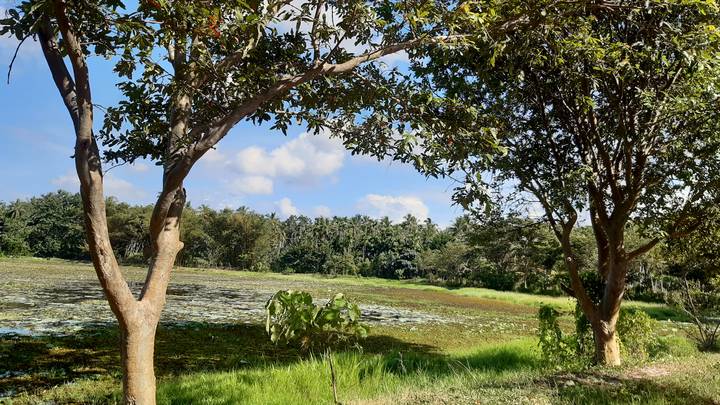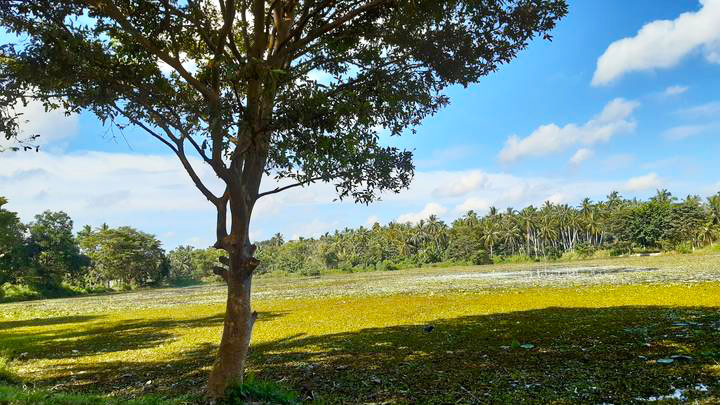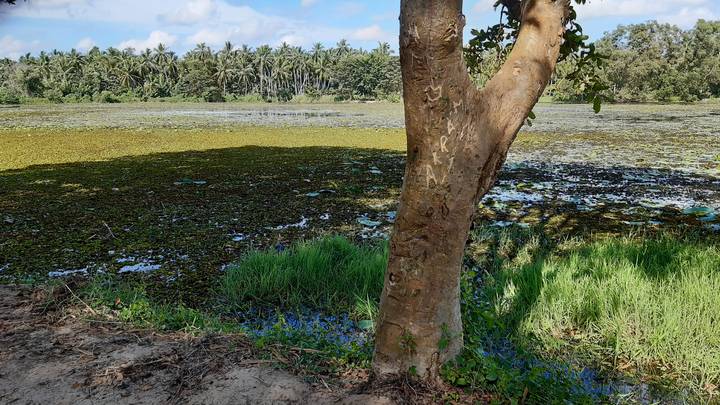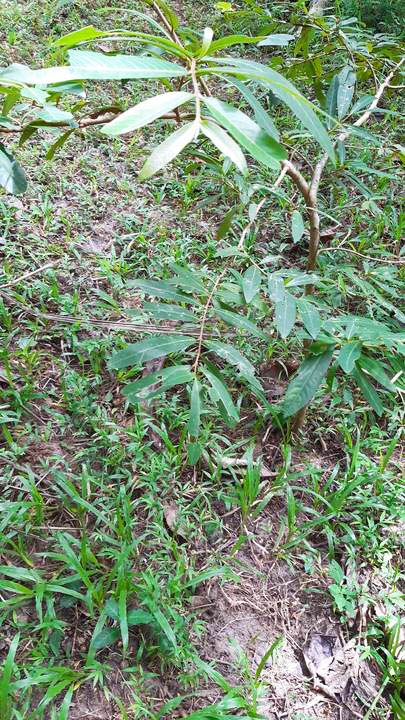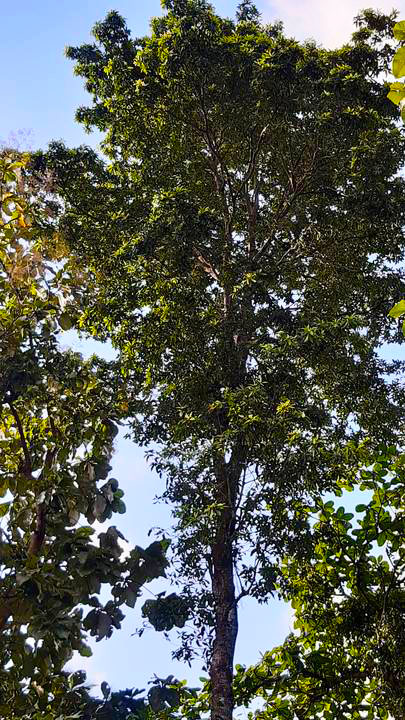HS Agro Foundation and Plant Conservation
Kumbuk Tree
The Kubuk tree is generally about 20 to 35 metres in height tall at its maturity. The tree species comes with a buttressed trunk and typically forms a wide canopy at the top. This allows branches to drop downwards and this creates an eye-catching and rather unique scene. Its barks could take the colour of a pinkish yellow and is relatively smooth. Overall, it can be stated that there are three types of Kubuk - Terminalia Arjuna, Terminalia chebula, and the Terminalia bellerica.
The Kubuk is found naturally along riverbanks as well as along dry riverbeds and streams. It protects the river's bank and its root system. As a “water loving” plant species, growing rgw Kubuk tree was a valuable guide for the people of olden civilisation to ensure a sign of a water fountain. The Kubuk tree is a naturally cool entity and it is capable of acting as a natural water and air purifier.
Moreover, the Kubuk tree is a medicinal plant and was used by certain communities for its medicinal properties. It uses part of the Kubuk tree, including the bark, leaves, flowers, fruits, and roots for various beneficial outcomes. These include the treatment of skin diseases, coughs, fevers, and other maladies in Ayurdedic and traditional medicine.
Mee Tree
Hello and welcome to my blog on sustainable plantations. I would like to present to you a few facts about the Mee plant, one of many saplings planted in our project. The Mee plant has long been entwined on our culture for its numerous values. Dating back to the 18th century, our farmers have strived to save this plant from extinction due to logging by foreign visitors. In lay medicine, all five sections of this tree have been utilized in concocting medicine for various treatments and ailments.
The stigmata of its flowers have also been dried and used in a few indigenous dishes. One of the predominant trees planted among paddy fields, the fruit attracts bats, specifically fruit bats. The consumption of the Mee fruit by bats in turn produce sufficient amounts of nitrogen-rich guano in the locale for fertilization of crops.
Despite the saplings growing to giant trees, no harm is done to the soil or the eco system, proving its value further. In short, Mee trees achieve the trifecta of soil and ecological preservation, fertilization and medicinal use. It uses part of Mee tree (Bark, Seeds, Heartwood) to treatment for Skin diseases, Rheumatism, Snake-bite-poisoning, Fracture, Urticaria in Ayurveda and Traditional medicine.
The Tree, up to about 15-20 meters high has flowers that are yellowish white in colour. The fruit ovate, 2-5 cm long, is green and then yellowish when ripened. These genera have crustaceous seed coat and its scientific name is Madhuca longifolia.
